Commemorative publication celebrates the collaboration between a pioneering cartoonist and a master artist, Wang Ru reports.
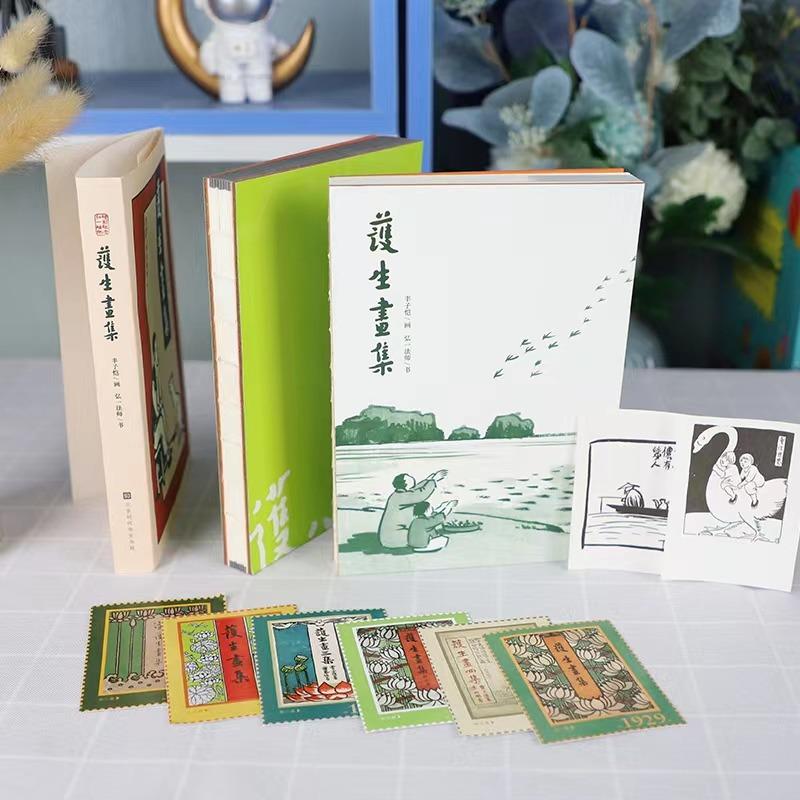 The commemorative version of comic collection Protection for Living Beings, recently published by Beijing Times Chinese Press. (PHOTO PROVIDED TO CHINA DAILY)
The commemorative version of comic collection Protection for Living Beings, recently published by Beijing Times Chinese Press. (PHOTO PROVIDED TO CHINA DAILY)
Around 1927, in Shanghai, Feng Zikai, a pioneer of modern Chinese comic and cartoon art, lived next door to his teacher Li Shutong, also known as Master Hong Yi, a master painter, musician and dramatist. Feng promised to draw 50 cartoons to celebrate Li's 50th birthday in 1929, and hoped Li would write inscriptions for each of them. Li agreed.
The 50 cartoons, with the running theme of protecting all living things, were created and, in 1929, were published. Ten years later, while Feng was in Guangxi, he drew 60 cartoons, which he posted to Li, who was in Fujian province at the time. Li once again wrote inscriptions for each of them.
Feng’s comics seem to be interesting at first sight, and the more the viewer considers them, they can develop various understandings of them.
Xu Xiaofeng, editor, Beijing Times Chinese Press
In his reply to Feng, Li proposed that they could continue to cooperate, making 70 cartoons with inscriptions when he would be 70, 80 for his 80th birthday, 90 for 90th and 100 for 100th. Feng agreed and replied, "As long as I can live that long, I will definitely keep the promise."
It turned out to be a lifelong oath. Although Li died in 1942, before his 70th birthday, and failed to inscribe the subsequent works, Feng didn't give up on the agreement. He completed his tasks on time, invited others to write inscriptions, and finished the works before passing away in 1975. The whole project spanned more than four decades.
Their works, containing 450 cartoons with inscriptions in total, form the comic collection Protection for Living Beings, which has been published several times. The original comics are now kept in Zhejiang Provincial Museum.
This year marks the 80th anniversary of Li's death. To commemorate him, Beijing Times Chinese Press recently republished the first two volumes of the collection, which were created by Feng and Li.
"It's a commemorative version," says Xu Xiaofeng, editor of the book. "It contains articles written by Li's friends about him, and precious photos of Li, including photos of him onstage as a drama actor in his early life, and the last words he wrote before his death: bei xin jiao ji (a mixture of joy and sorrow)."
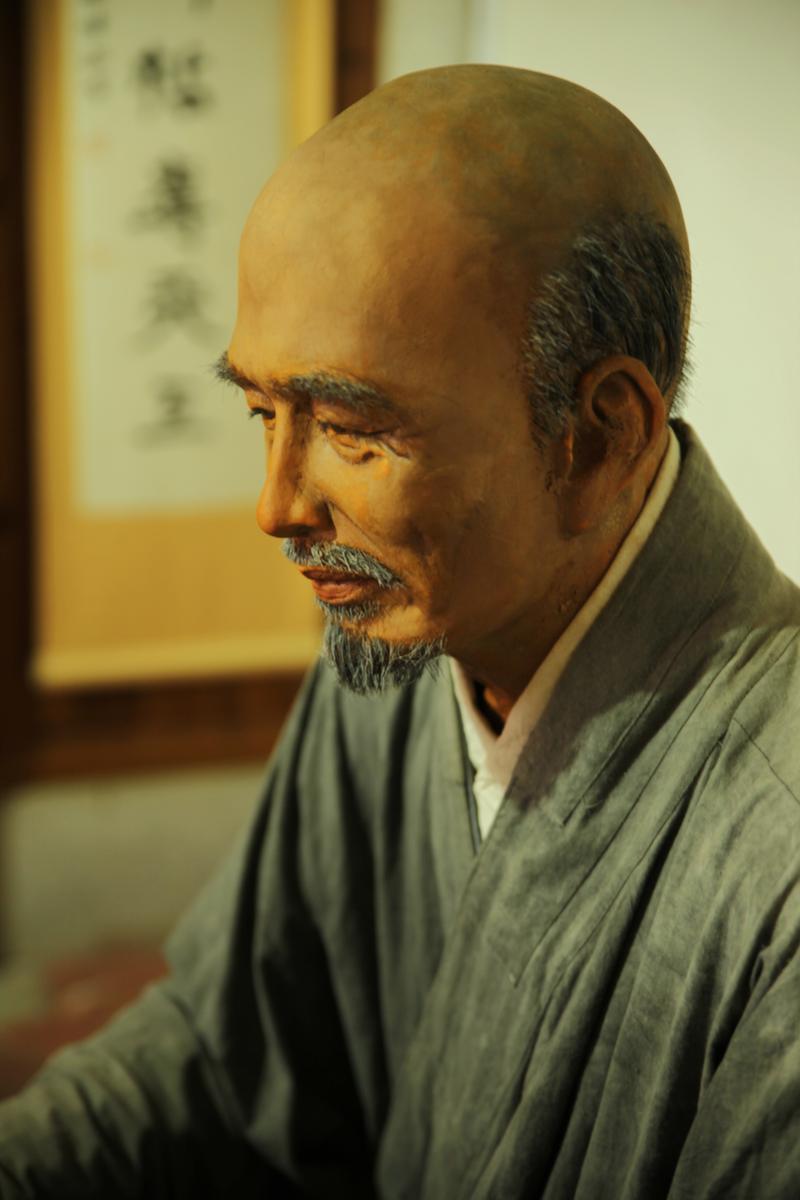 A statue of Li Shutong at a temple in Quanzhou, Fujian province. (PHOTO PROVIDED TO CHINA DAILY)
A statue of Li Shutong at a temple in Quanzhou, Fujian province. (PHOTO PROVIDED TO CHINA DAILY)
The collection is about protecting living beings, and that's what Feng learned from Li. Feng noticed that, every time when Li was about to sit in a cane chair, he shook the chair gently, and then sat slowly in it. He was curious and asked why, and Li replied there might be small insects resting on the chair. If he sat down suddenly, they might be crushed, so he shook the chair first to coax them to move. That left a deep impression on Feng, and he wrote about it in an article to commemorate Li in 1943.
Xu says she is impressed by a particular cartoon in the book, which shows a man sitting on a stool, and in front of him is a sitting dog. The man and dog look at each other, and the man seems to be in deep thought. Below them is a quote from Russian writer Ivan Sergeevich Turgenev: "They are the eyes of equals."
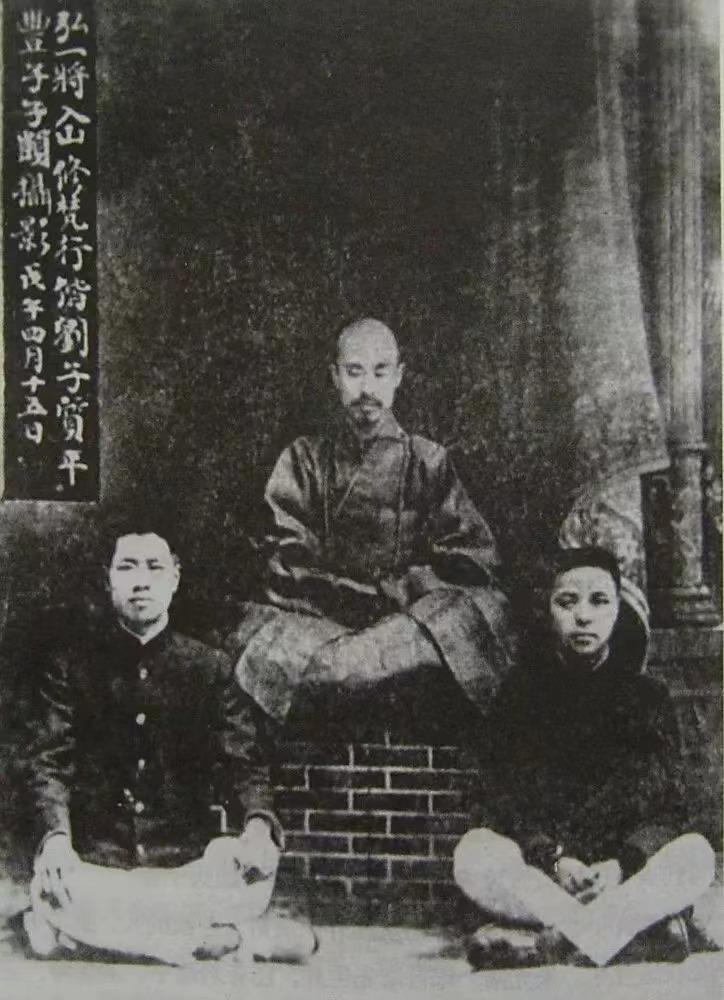 Li (above) pictured with his student Feng Zikai (below right). (PHOTO PROVIDED TO CHINA DAILY)
Li (above) pictured with his student Feng Zikai (below right). (PHOTO PROVIDED TO CHINA DAILY)
Another one shows a procession of ants moving food on a collapsed wall, and halfway along they can see some flowers grow from brick joints.
"Feng's comics seem to be interesting at first sight, and the more the viewer considers them, they can develop various understandings of them. Basically, the collection advocates respecting and protecting living beings. The ideas are profound, and they will not become outdated," says Xu.
According to Feng, protecting life encapsulates not only the animals and plants, but also people themselves. "Protecting living things is to protect your heart, to help reduce its cruelty, and add more compassion to it, so that you can get on with people with such a heart," wrote Feng in the third volume of the collection in 1949.
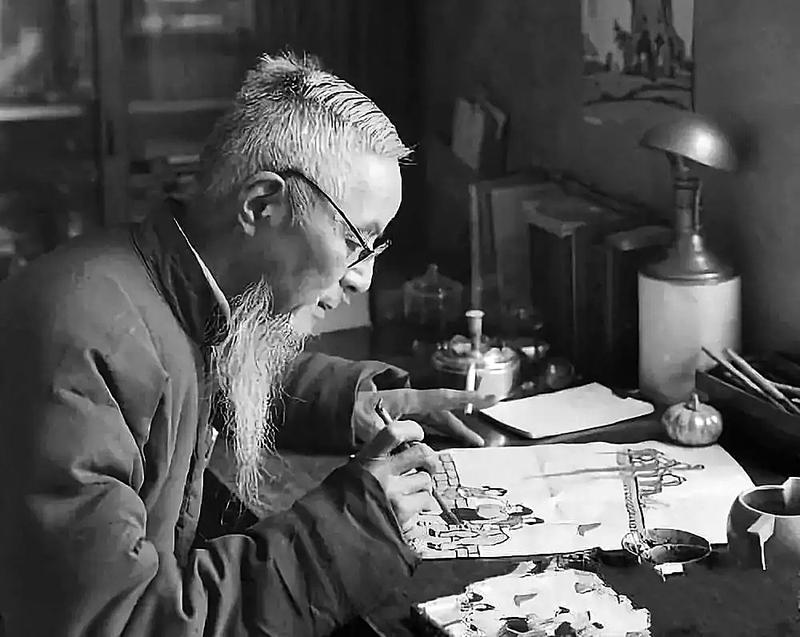 Feng draws a cartoon. (PHOTO PROVIDED TO CHINA DAILY)
Feng draws a cartoon. (PHOTO PROVIDED TO CHINA DAILY)
He didn't try to persuade people not to eat meat or vegetables at all, but opposed unnecessary killing or the casual picking of flowers.
"I'm very moved by the story behind the book, the relationship between Li and Feng. Li was Feng's art teacher when Feng was a teenager, but not for a long time. They were not of a similar age, but the cross-generational friendship lingered," says Xu.
"Moreover, the agreement Li made with Feng may just be a casual one, but Feng tried his best to stick to it. After Li's death, Feng was displaced during the war, and suffered a lot, but he never forgot the promise he made to Li," she adds.
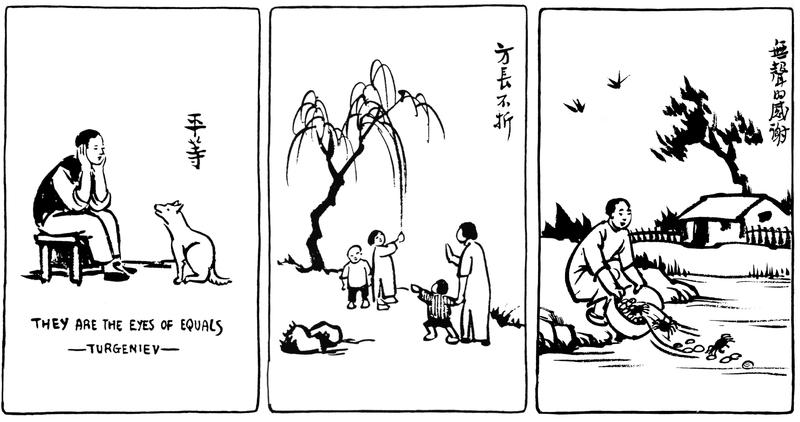 Some of Feng's cartoons featured in Protection for Living Beings. (PHOTO PROVIDED TO CHINA DAILY)
Some of Feng's cartoons featured in Protection for Living Beings. (PHOTO PROVIDED TO CHINA DAILY)
According to Feng's daughter Feng Yiyin, the last 100 cartoons were supposed to be finished in 1979, but Feng Zikai died of cancer in 1975. The family found that he had already finished the last volume in 1973, six years early.
"He made the promise that, if he lived long enough, he would keep his word and complete the collection. Although he didn't live that long, he still fulfilled his promise," she wrote in a 2012 article about the collection.
Contact the writer at wangru1@chinadaily.com.cn


